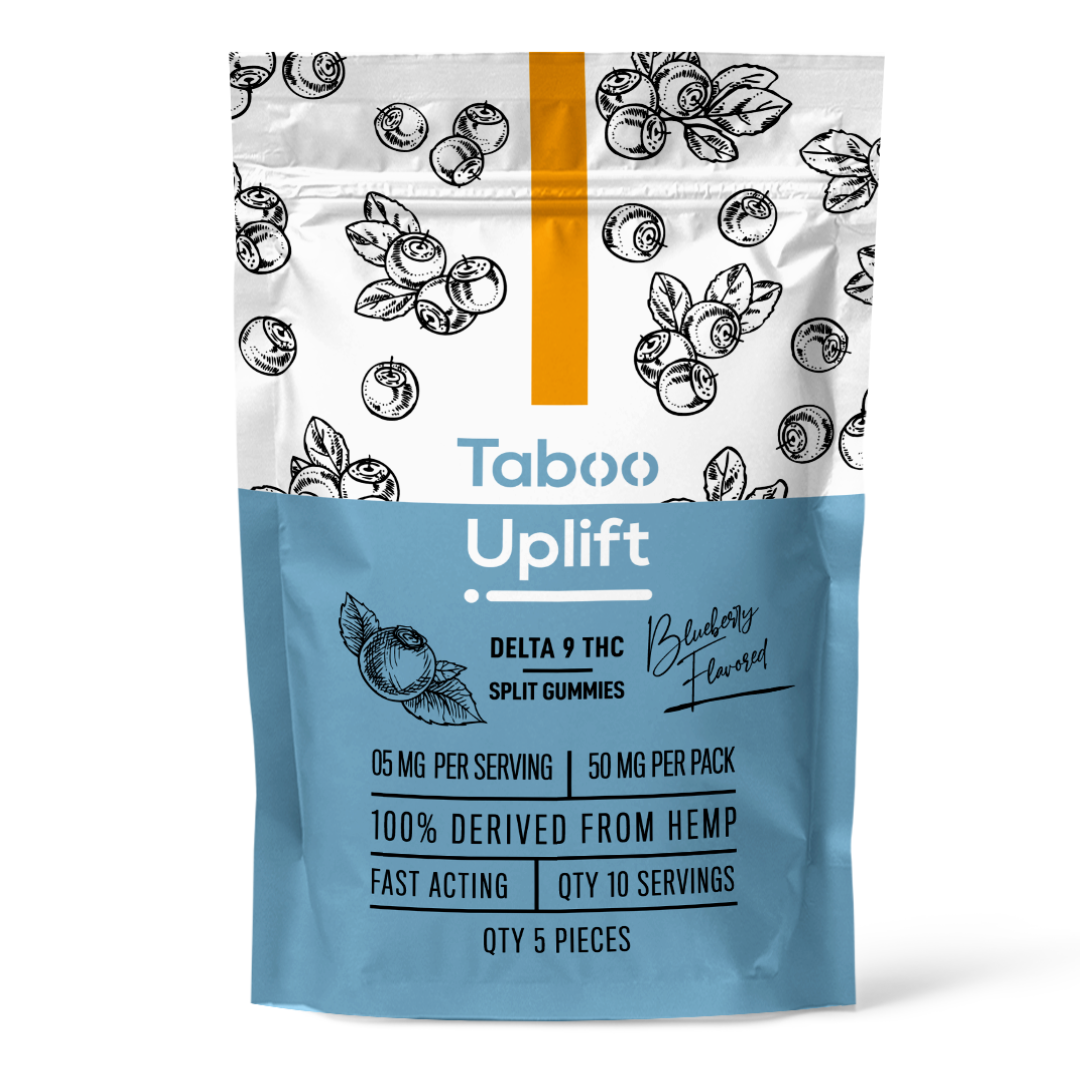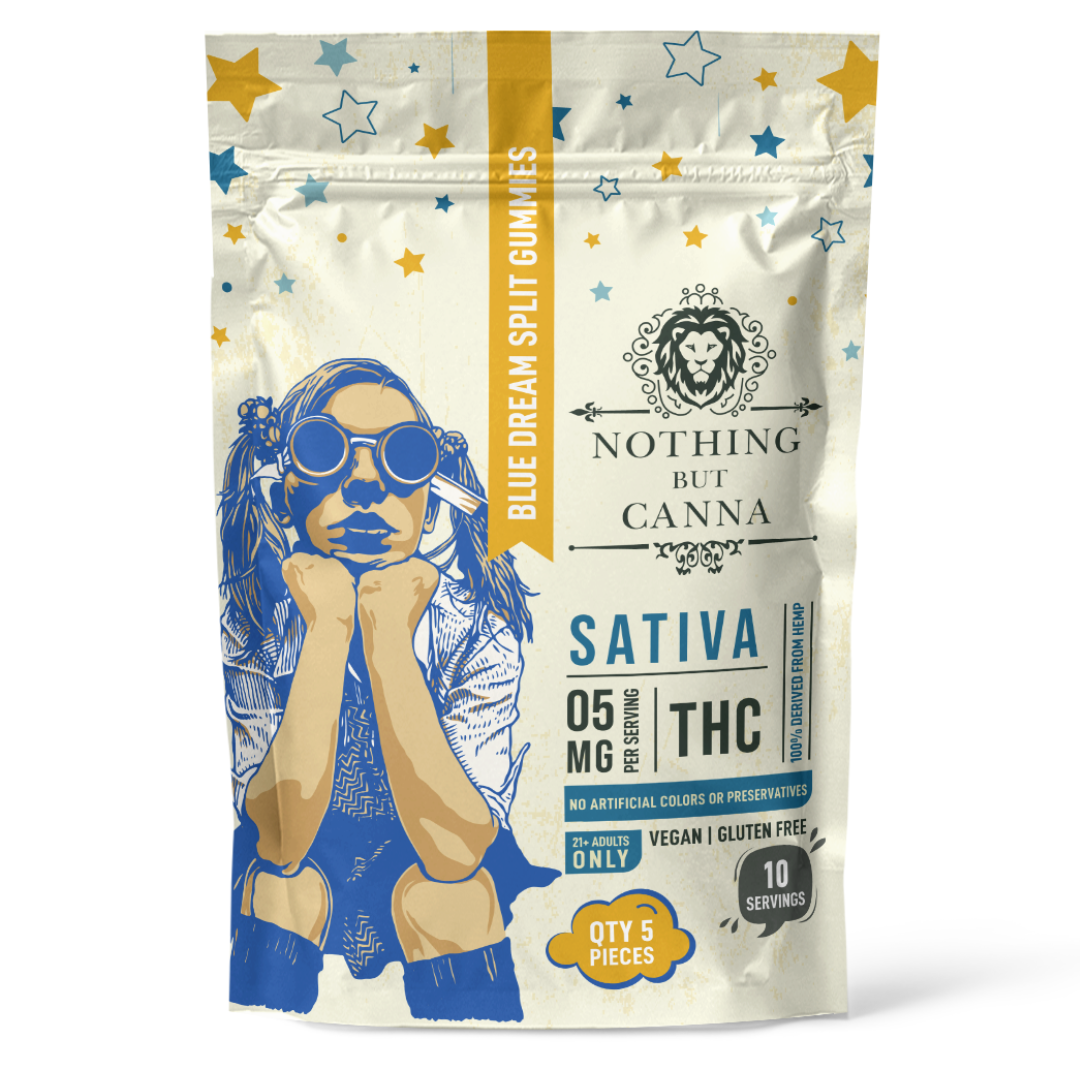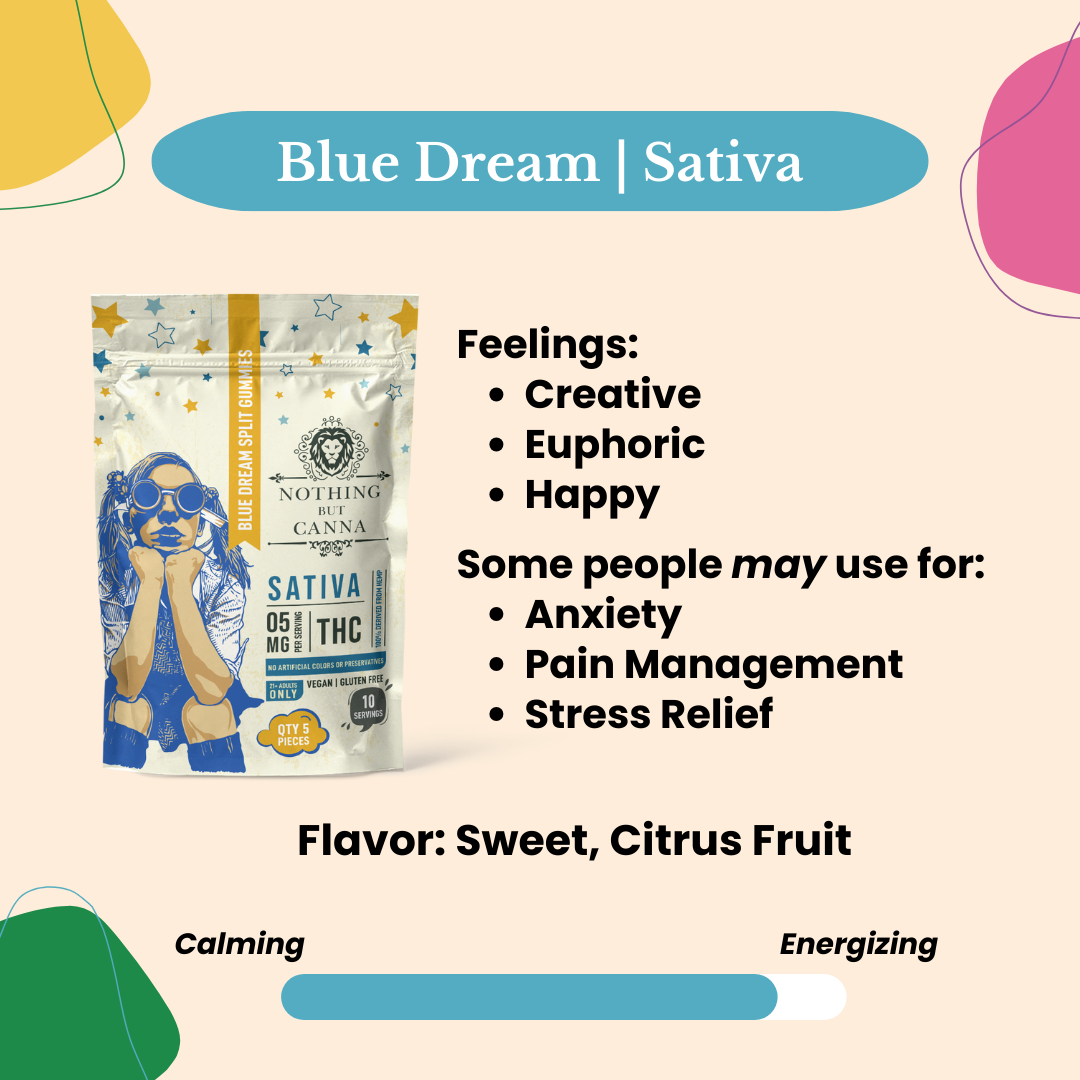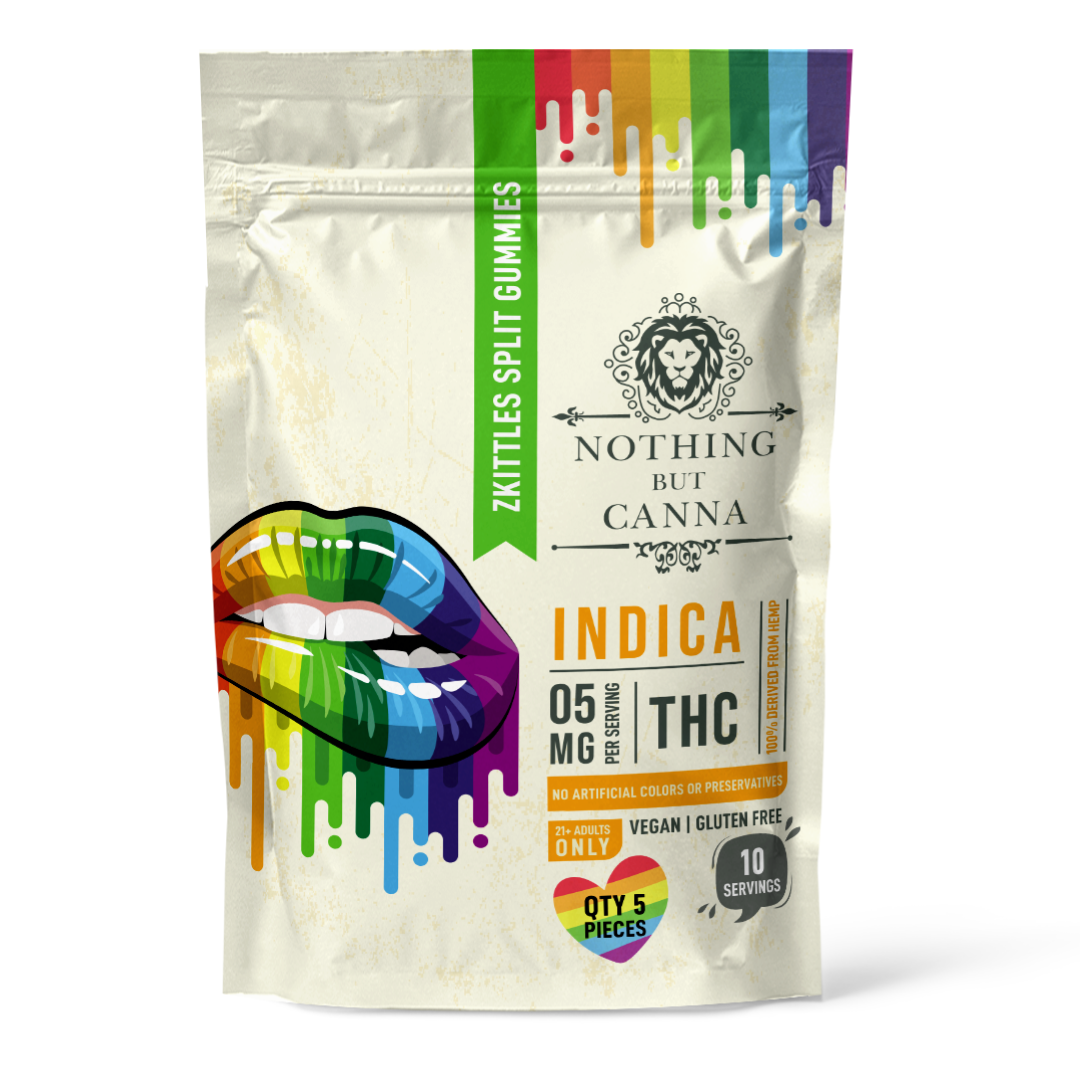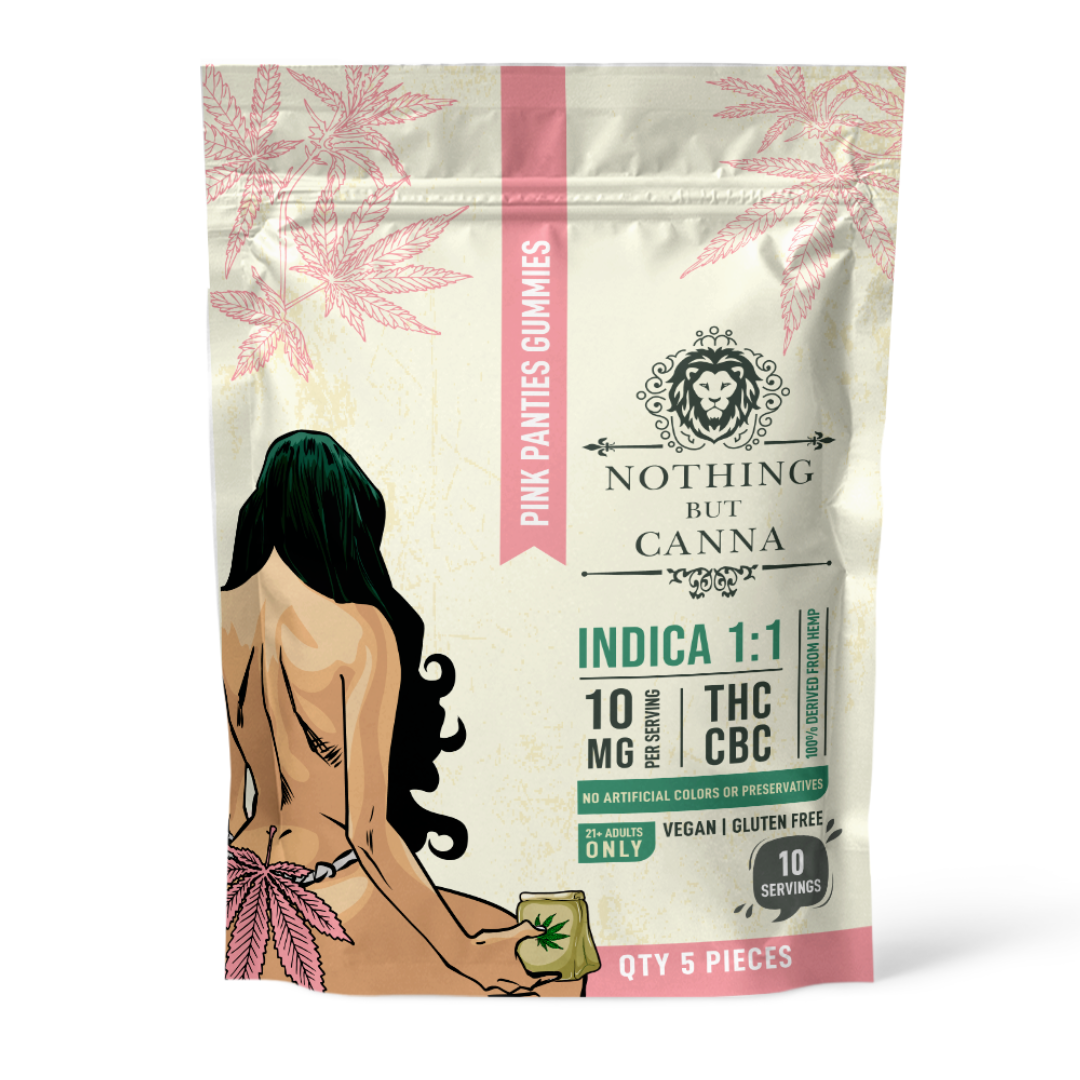
High demand for CBD has at least a few people wondering what happens to leftover plant material after the cannabinoids are extracted. One research team is taking action to investigate whether the waste can be used again.
Faculty and student researchers from Virginia Tech’s Department of Sustainable Biomaterials are running experiments to see if spent hemp might prove to be a sustainable and inexpensive source of pectins in the adhesives used to make composite lumber, reports Virginia Tech.
“The CBD industry produces a lot of extracted waste, sometimes ethanol extracted waste that they just either throw out or go to compost, so it just ends up in a landfill.”
— Emilie Kohler, undergraduate student researcher Virginia Tech College of Natural Resources and Environment
Over the summer, senior Emilie Kohler did undergraduate research with Dr. Chip Frazier, a professor of sustainable biomaterials in Virginia Tech’s College of Natural Resources and Environment.
“I isolated hemp pectin from hemp flower to see if they're a good potential modifier for wood adhesives,” Kohler said in a video released by the institution. “Hemp is used in a lot of industries, mainly CBD, and that's what we're interested in because the CBD industry produces a lot of extracted waste, sometimes ethanol extracted waste that they just either throw out or go to compost, so it just ends up in a landfill. So it's a low value waste that we can take and then extract out the pectins from that waste and use it as a possible modifier for wood adhesives.”
“Currently, the industry generates large quantities of solvent-extracted hemp flower, and all of that biomass is treated as waste, so it couldn’t be cheaper for us as a raw material.”
— Dr. Chip Frazier, Professor of Sustainable Biomaterials, Virginia Tech
Kohler chose to work with a single byproduct of the CBD-extraction process, pectin. Pectin occupies the cell walls of many plants and has a binding quality that makes it a popular thickening agent for food. But Kohler was interested in its potential for use in wood-based materials — think plywood and structural composite lumber.
“Pectin is typically used in jellies and jams, because it has a natural tendency to form a gel which doesn’t flow,†she told Virginia Tech reporter David Fleming.
Pectin from hemp wouldn’t do well as a food additive, Kohler explained.
“Higher methoxyl pectin is used in jellies or jams because the sugar content allows it to gel,” she said. “Lower methoxyl pectin, like those found in hemp, tend to gel with calcium ions, which are more common in adhesives.”
It’s a chemistry-intensive project that gets technical quickly, but Kohler has an aptitude and enthusiasm for both chemistry and environmental science.
“Emilie is one of the few students who has taken the science track in sustainable biomaterials,” Dr. Frazier said. “It is heavy in chemistry, so she was particularly well-qualified to take on this research. She is very enthusiastic and very capable, and she’s done a great job.”
Frazier noted that their work could succeed on two fronts: keeping hemp waste out of landfills and providing the lumber industry with a sustainable, inexpensive adhesive product.
“Currently, the industry generates large quantities of solvent-extracted hemp flower, and all of that biomass is treated as waste, so it couldn’t be cheaper for us as a raw material,” Frazier told Fleming.
Results of all this research are pending, but Kohler is excited about the possibilities for hemp pectin.
“It’s exciting to work in such a new subject,” she said. “Not a lot of research has been done on hemp, and this could be the start of something important.”
















